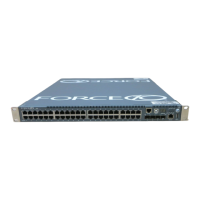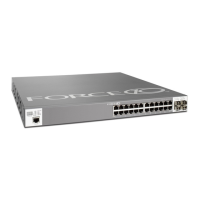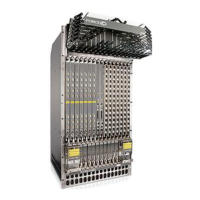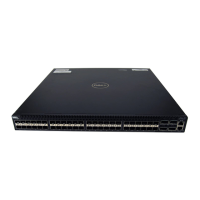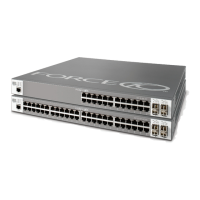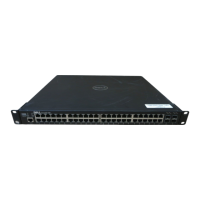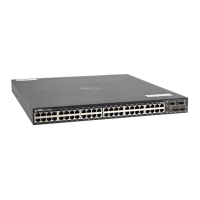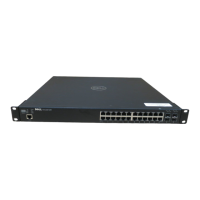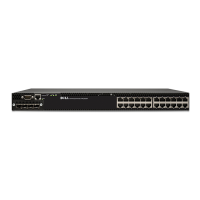Bidirectional Forwarding Detection (BFD) | 153
To disable all VRRP sessions on an interface:
To disable all VRRP sessions in a particular VRRP group:
To disable a particular VRRP session:
Configuring BFD for VLANs
Configuring BFD for VLANs is supported only on platforms c e
BFD on Dell Force10 systems is a Layer 3 protocol. Therefore, BFD is used with routed VLANs. BFD on
VLANs is analogous to BFD on physical ports. If no routing protocol is enabled, and a remote system fails,
the local system does not remove the connected route until the first failed attempt to send a packet. If BFD
is enabled, the local system removes the route when it stops receiving periodic control packets from the
remote system.
There is one BFD Agent for VLANs and port-channels, which resides on RP2 as opposed to the other
agents which are on the line card. Therefore, the 100 total possible sessions that this agent can maintain is
shared for VLANs and port-channels.
Configuring BFD for VLANs is a two-step process:
1. Enable BFD globally on all participating routers. See Enabling BFD globally.
2. Establish sessions with VLAN neighbors.
Related configuration tasks
• Change session parameters.
• Disable BFD for VLANs.
Step Task Command Syntax Command Mode
1 Disable all VRRP sessions on an
interface.
no vrrp bfd all-neighbors INTERFACE
Step Task Command Syntax Command Mode
1 Disable all VRRP sessions in a
VRRP group.
bfd disable VRRP
Step Task Command Syntax Command Mode
1 Disable a particular VRRP session on
an interface.
no vrrp bfd neighbor ip-address INTERFACE
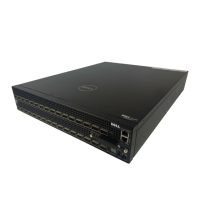
